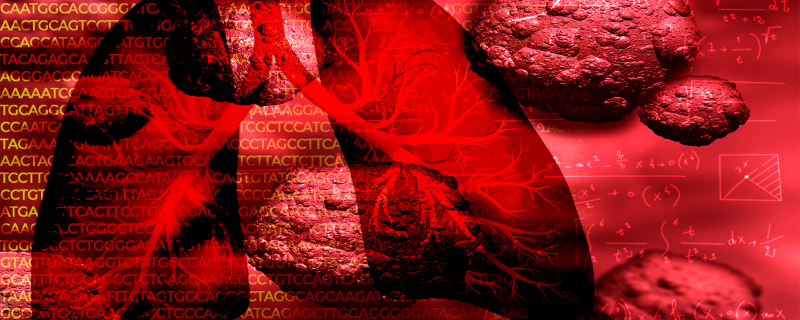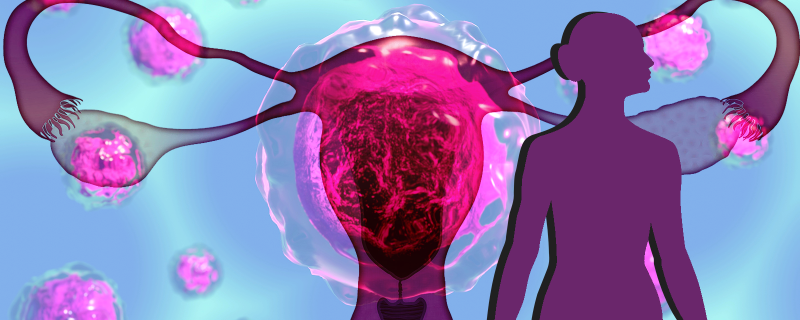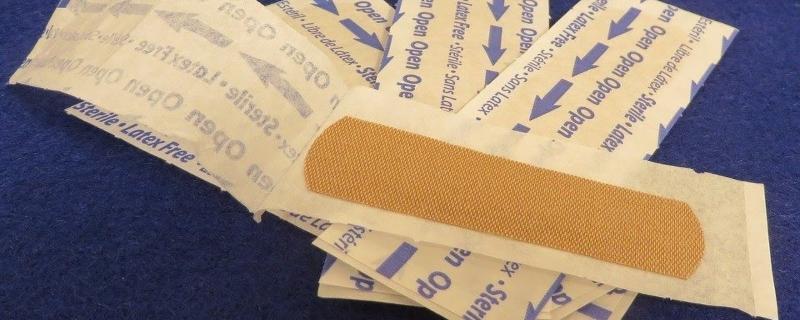Researchers from IIT Bombay have developed a simple and novel sensor to find out the level of antibiotics present in food and water
Image: Dolomedes indicus, Adult Female (left) and adult male (right). Credit: Authors https://doi.org/10.1038/s41598-025-26308-2
Wayanad/
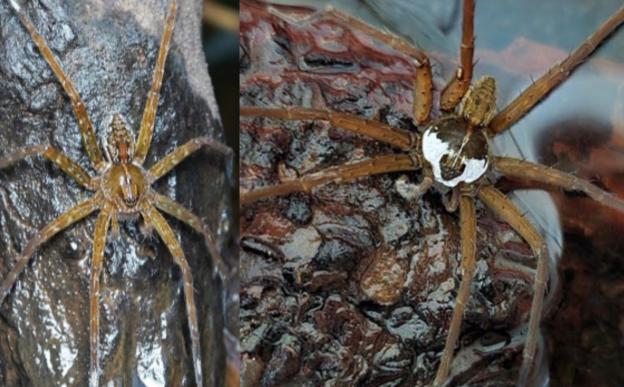
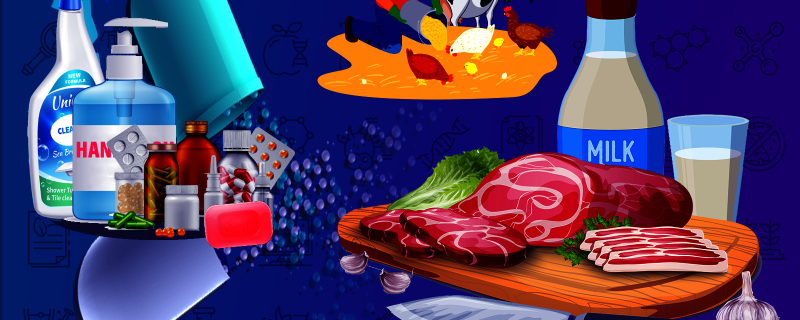
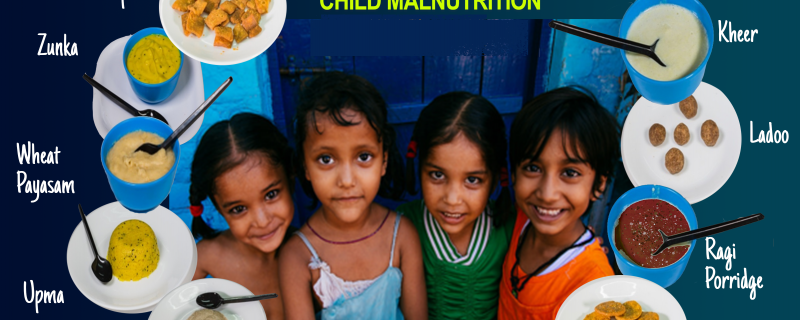
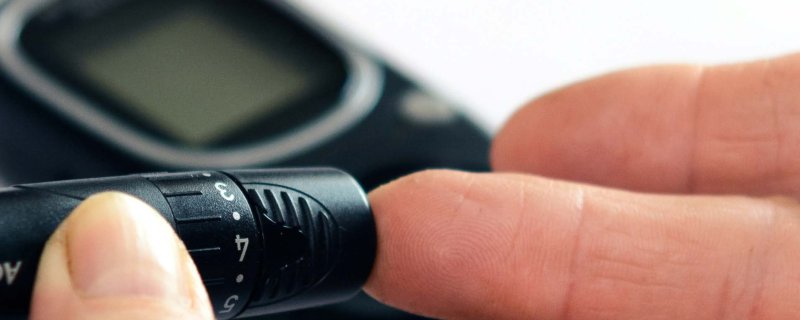


![The Indigofera tinctoria plant. [Image Credits: Wikimedia Commons / CC BY-SA 3.0] A natural dye extract may protect our eyes from harmful laser](/sites/researchmatters/files/styles/large_front_800x320/public/indigofera_tinctoria_jd_plt_paris1.jpg?itok=xasYlSLP)
